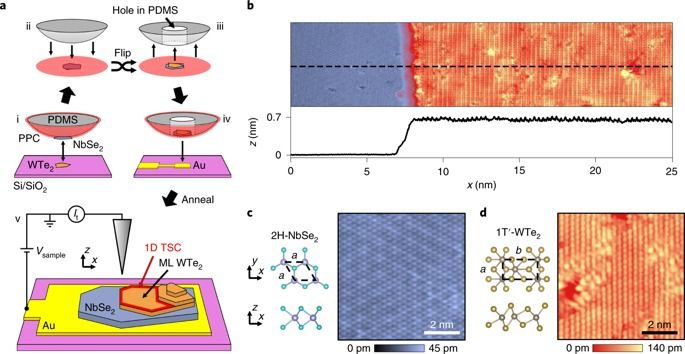Xiao Xiao has been declared coronavirus free 17 days after she was born with the viral infection at Wuhan Children’s Hospital while schools across the UK close amidst fears the disease will spread cross Europe.




An aerospace startup that plans to launch thousands of satellite “cell towers” into space says it has successfully sent a text message to a common Android smartphone using one of its satellites in orbit. The company claims it’s the first time a text message has ever been sent to an unmodified mobile phone from space, and it demonstrates the technology needed to provide global cellphone connectivity from orbit.
The company behind the breakthrough space text is called Lynk, which used to go by the name UbiquitiLink. Lynk is one of several space companies at the moment planning on building a constellation of thousands of satellites to provide some kind of connectivity to individuals on the ground. But rather than provide broadband internet coverage, Lynk is focused on providing cell service for the average mobile phone with its satellites, without the need for customers to provide any extra hardware.



:ooooooo.
The quantum spin Hall insulator is characterized by a bandgap in the two-dimensional (2D) interior and helical 1D edge states1,2,3. Inducing superconductivity in the helical edge state results in a 1D topological superconductor, a highly sought-after state of matter at the core of many proposals for topological quantum computing4. In the present study, we report the coexistence of superconductivity and the quantum spin Hall edge state in a van der Waals heterostructure, by placing a monolayer of 1T′-WTe2, a quantum spin Hall insulator1,2,3, on a van der Waals superconductor, NbSe2. Using scanning tunnelling microscopy and spectroscopy (STM/STS), we demonstrate that the WTe2 monolayer exhibits a proximity-induced superconducting gap due to the underlying superconductor and that the spectroscopic features of the quantum spin Hall edge state remain intact. Taken together, these observations provide conclusive evidence for proximity-induced superconductivity in the quantum spin Hall edge state in WTe2, a crucial step towards realizing 1D topological superconductivity and Majorana bound states in this van der Waals material platform.

Despite the crashing markets, companies are working hard to boost the further adoption of Bitcoin and cryptocurrencies. In two separate announcements, Coinbase and the popular internet browser Opera revealed that they’ve made serious strides in this regard.
Coinbase Card Usable With Google Pay
The leading cryptocurrency exchange in the US, Coinbase, allows its users to get a cryptocurrency card through a partnership with Visa. Now, the card has enabled users to spend Bitcoin and other cryptocurrencies directly from their Coinbase account using Google Pay.

The increasing number of coronavirus cases in Italy has brought the entire country to a standstill. According to the Live Tracking Dashboard, there are 27,980 confirmed cases as of now and 2,158 people have succumbed to the infection. However, a total of 2,749 people have also recovered from the illness.
Since people are socially distancing themselves to avoid the virus from spreading, a lot of them are also losing business with every passing minute. There’s panic and tension all around. However, there is a piece of good news that’s become the silver lining at this time of misery.
Venice, one of Italy’s biggest tourist attractions, sees a lot of visitors throughout the year. However, ever since the country was put under lockdown, the streets are deserted and there is very less boat traffic on the city’s canals where people often enjoy the gondola rides. But surprisingly, the lockdown has helped in clearing the city’s canals. As reported By CNN, the locals have noticed a huge difference in the clarity of the water. The air quality has improved in the city.

Hope on the horizon:
1. Researcher make a breakthrough: Professor Katherine Kedzierska leads research at the Peter Doherty Institute for Infection and Immunity that discovers how the human body overcomes coronavirus.
Melbourne researchers have mapped immune responses from one of Australia’s first novel coronavirus (COVID-19) patients, showing the body’s ability to fight the virus and recover from the infection.
Lead researcher Professor Kedzierska (Microbiology and Immunology) said the antibodies released by the human immune system to overcome coronavirus are very similar to those it uses to combat influenza — despite it never having being exposed to the disease.